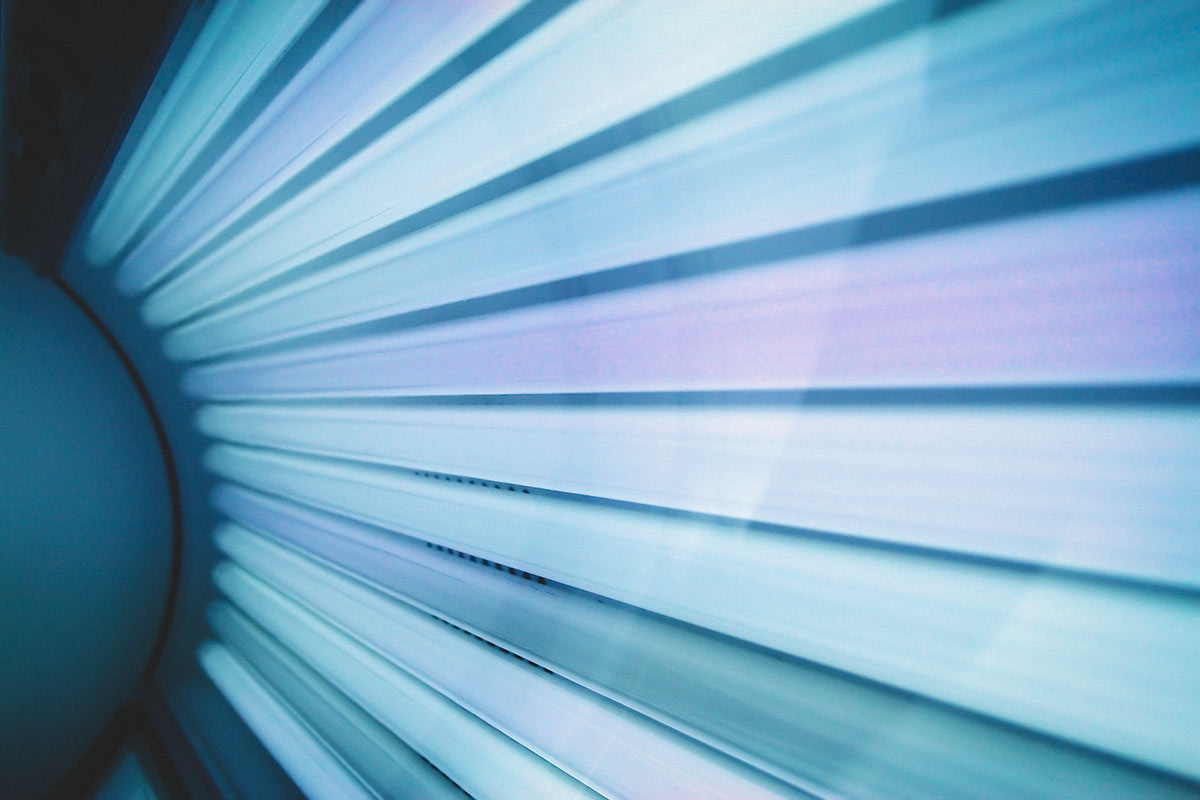Posted by: Atlantic Eye Institute in Education

We all know that tanning beds are dangerous, yet some continue to use them. Did you know that Ultraviolet radiation is a proven human carcinogen? The International Agency for Research on Cancer, an affiliate of the World Health Organization, includes ultraviolet tanning devices in its Group 1, a list of agents that are cancer-causing to humans. Group 1 also includes agents such as plutonium, cigarettes and solar UV radiation. The fact that tanning beds are grouped with such harmful items should be an alarming wake-up call.
Listed are some misconceptions when it comes to Tanning Beds and Tanning:
Myth: Indoor tanning beds are safe because you can control your level of exposure to UV rays.
Truth: Indoor tanning beds expose you to intense UV rays, increasing your risk of melanoma. The average tanning bed produces approximately the same amount of UV light as the sun and upwards of three times the amount of UVA light (source: Harvard Medical School)
Myth: A tan acts as the body’s natural protection against sunburn.
Truth: A tan is an indication that your skin is trying to protect itself when exposed to ultraviolet radiation from the sun or tanning beds. This is what can contribute to premature aging such as wrinkles, cataracts in the eyes and skin cancers.
Myth: Tanning gives people a “healthy glow.”
Truth: You are exposing yourself to harmful UV rays that damage your skin no matter if you are tanning or burning. Every time you tan whether it is in a tanning bed or the sun, you increase your risk of melanoma. One person dies of melanoma every 54 minutes.
Myth: Tanning is a good source of Vitamin D
Truth: That fact is, all necessary vitamin D can be found in a healthy diet or from a vitamin supplement. If you are concerned about your vitamin D levels, consult your doctor.
Follow these tips to help keep your skin safe and healthy:
- Tanning beds and tanning in the sun should be avoided at all costs.
- UV rays are strongest between 10 a.m. and 4 p.m., so try to spend time in the shade.
- No sunscreen is completely waterproof, sweatproof so it’s important to reapply frequently.
- Use sunglasses. Look for big sunglasses that block out 99 to 100 percent of both UV-A and UV-B radiation as well as protecting the skin around your eyes.
- Wear a hat with a wide brim that goes around your head to protect your face, ears and back of your neck.
- The Skin Cancer Foundation recommends that everyone practice monthly head-to-toe self-examination of their skin, so that they can find any new or changing lesions that might be cancerous or precancerous. If you spot anything suspicious, contact your doctor.



